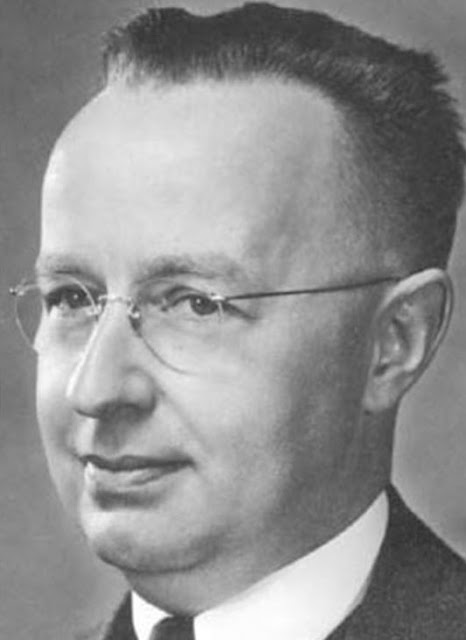History of Quality
The quality profession has a long history, which has greatly accelerated over the last eighty years. Joseph M. Juran (1988) has traced the practice of the quality profession back to the traditional Egyptians and the building of the pyramids. For centuries, quality was intrinsically linked with craftsmanship, and each craftsman controlled all aspects of the final product of his craft. This changed dramatically with the Industrial and economic Revolution.

Modern quality practices began in two stages: large-scale inspections within the early 1900s and control charts around the 1930s. As a result of the scientific management of Frederick Taylor, mass inspection became common. Workers stopped checking the quality of their work and instead handed it over to specially trained inspectors. Although the inspection is an important element of quality, Walter Shewhart's invention of the process control chart introduced the quality profession. Alton Mayo's Hawthorne study for Western Electric resulted in an awareness of worker motivation and attitudes as quality contributors in the early 1930s.
The next major push for quality came during World War II when suddenly poor quality products could destroy people's lives. At the same time, hundreds of American companies were called to manufacture goods for the most precise requirements. Many quality control techniques, such as acceptance sampling and process control charts, which were only encouraged before the war, became mandatory as part of the defense effort. Two of the leading practitioners of the quality profession - W. Edwards Deming and Joseph M. Juran established their professional credentials during this period. The two later traveled to Japan to teach statistical and management tools to the defeated nation. The two later traveled to Japan to teach statistical and management tools to the defeated nation. In the 1970s, it became clear that the Japanese had learned their lesson well: American, former masters, frequent trips to the Japanese, alumni to explore Japanese successes, and proven Japanese methods at home.
The American Society for Quality Control, now known as the American Society for Quality (ASQ), was born soon after World War II, when Martin Brumbaugh observed that if he were to bring various local quality control societies into a national organization Can see if you can integrate then you will get a lot of benefits. Faced with this task, he recognized the superb skills of George Edwards, who was then head of inspection engineering at Bell Telephone Laboratories. Edwards became the first president of the society and helped establish the policies that guide its operation to date.
The first three awards given by society to recognize these three pioneers of quality were the Brumbaugh Prize, the Shewhart Medal, and the Edwards Medal. Over time, society has created several other awards, each of which honors a specific hero of the profession and recognizes outstanding achievement in a particular area of the profession.








